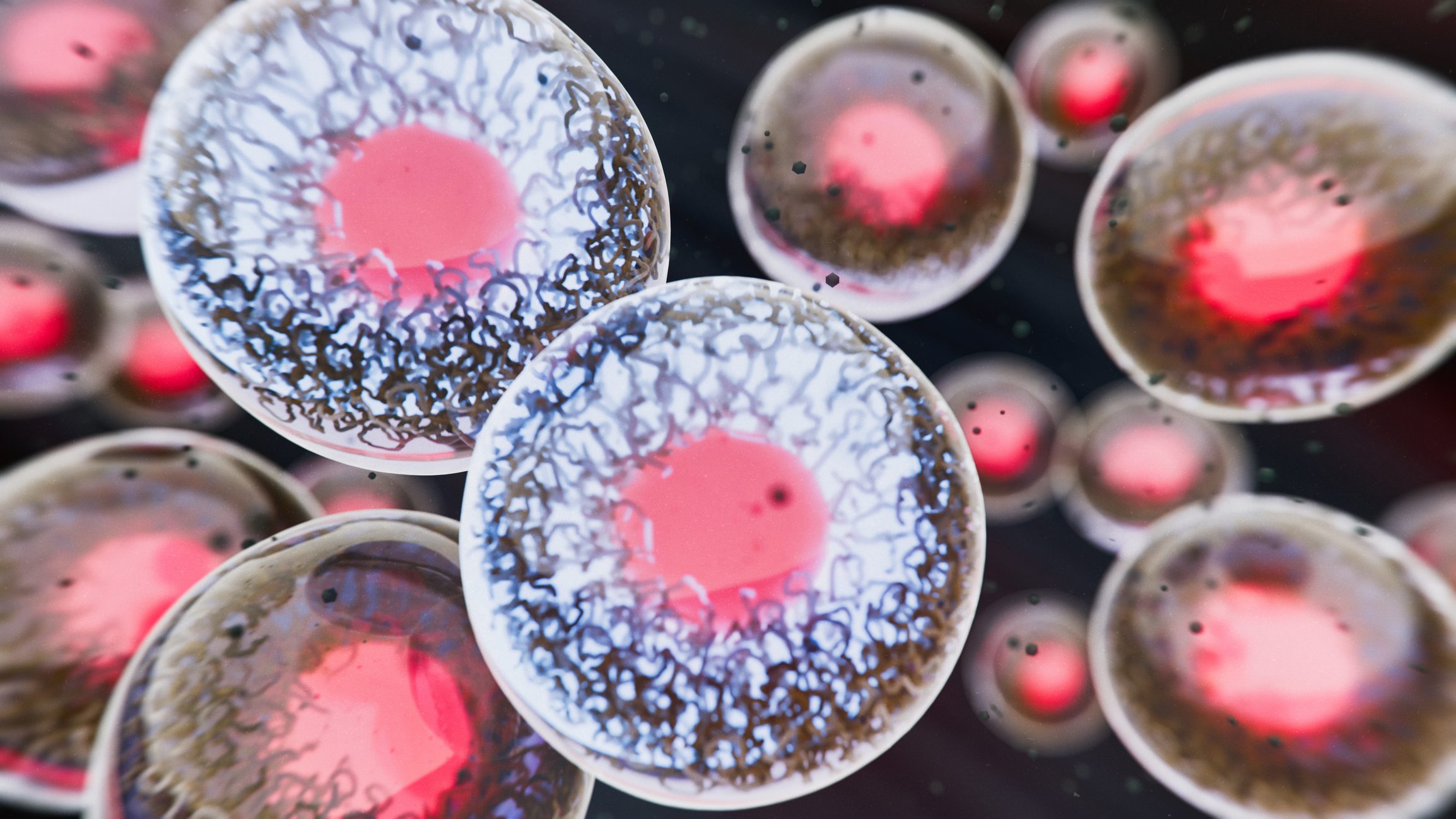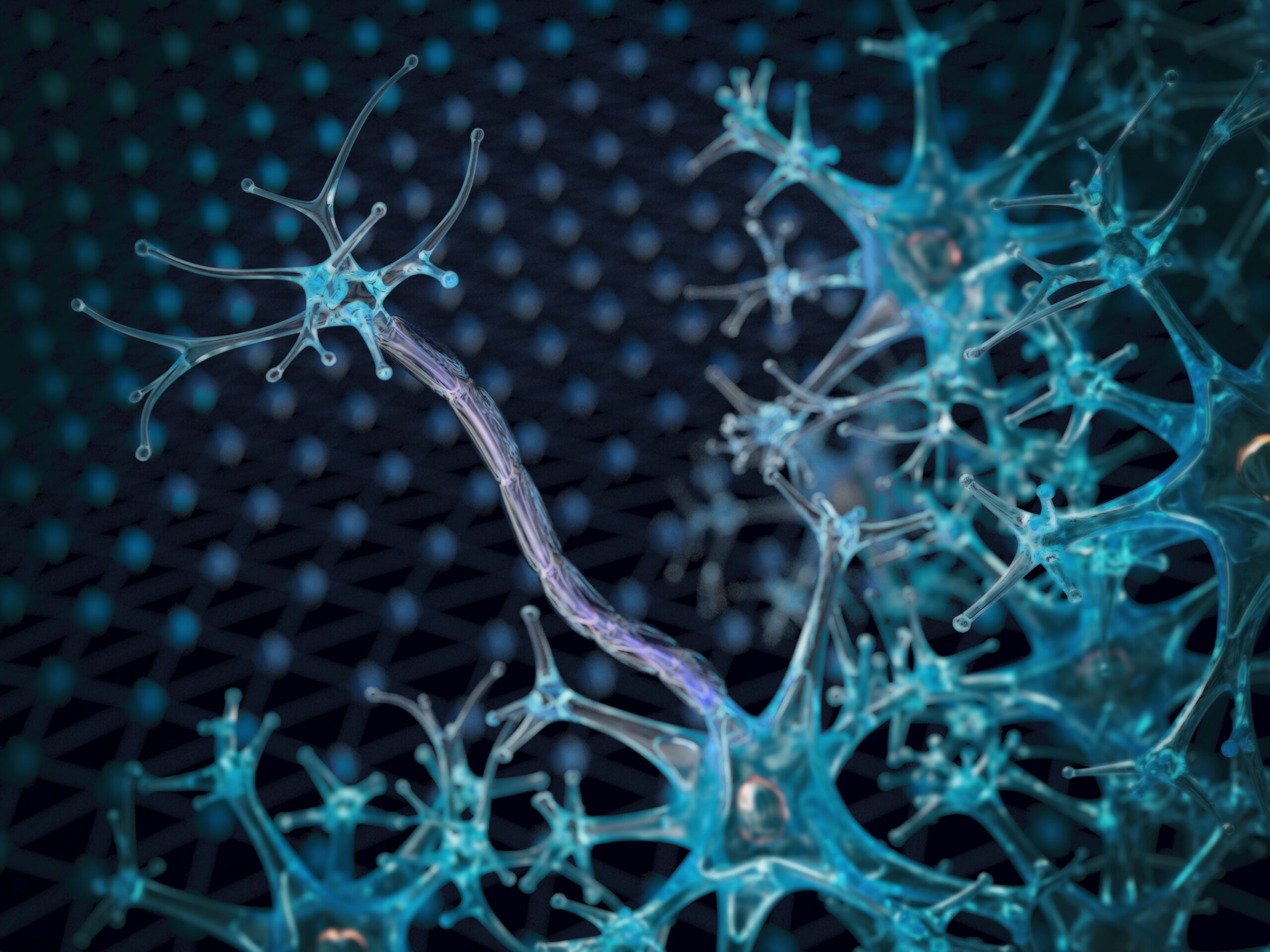The diagnosis and treatment of multiple myeloma (MM) and myelodysplastic syndromes (MDS) have undergone great development in recent years. Modern diagnostic procedures became qualitatively better and more widely available, new findings were made in molecular genetics, and effective, well-tolerated drugs came onto the market. Two of these new therapeutic options were presented at the DGHO Congress in Vienna.
The new drugs presented were pomalidomide, which was recently approved for the treatment of relapsed/refractory myeloma also in Europe, and lenalidomide for patients with transfusion-dependent anemia due to myelodysplastic syndrome (MDS) with isolated 5q deletion (low-risk). In a satellite symposium at the DGHO Congress in Vienna, these two new options were reviewed for their place in the overall treatment concept.
Multiple Myeloma
Great progress has been made in the treatment of multiple myeloma in recent years: high-dose chemotherapy followed by autologous stem cell transplantation (ASZT) from the early 1990s has been complemented by new agents such as thalidomide, lenalidomide and bortezomib. This improved the overall response and the quality of the response, and consequently very good partial remissions could be achieved. Progression-free and overall survival also showed significant prolongation in MM patients with the new agents. Nevertheless, the therapy is not curative for the majority of those affected; the condition remains incurable. Accordingly, further scientific developments are needed. The integration of new agents into high-dose primary therapy, sometimes maintenance and induction therapy, is currently the subject of research. For example, one study reviews the use of lenalidomide in maintenance therapy in MM patients after ASZT and shows significantly prolonged progression-free and event-free survival [1].
Furthermore, high-dose chemotherapy with ASZT is not possible in elderly MM patients because they often have concomitant diseases and a limited general condition. The standard first-line therapy here is a combination regimen of melphalan, prednisone, thalidomide [2] or melphalan, prednisone, bortezomib [3]. Furthermore, new therapeutic options (e.g., with lenalidomide) are also under review [4].
How to proceed with recurrences?
For relapsed/refractory myeloma, the standard of care is lenalidomide combined with dexamethasone until disease progression. This extends the median time to progression to 17.1 months in the first relapse, compared with use in later lines of therapy (10.6 months) [5].
Once both standard therapies, lenalidomide and dexamethasone or bortezomib, have been exhausted, the patients’ prognosis deteriorates significantly. A brand new treatment available here is pomalidomide, which is indicated in combination with low-dose dexamethasone for the treatment of patients with relapsed/refractory MM who have received at least two prior therapies (sometimes lenalidomide and bortezomib) and were progressive on the last treatment. It significantly prolongs both progression-free and overall survival compared with high-dose dexamethasone alone. Patients with prior lenalidomide therapy also subsequently showed benefit with this new treatment modality [6].
MDS – What has happened?
The therapy of MDS is also currently in flux. In low-risk MDS patients, the primary goal is to maintain quality of life through supportive measures. To date, no disease-modifying treatment has been approved. In November 2010, the efficacy of lenalidomide in low- or intermediate-risk 1 MDS with an isolated 5q deletion led to its approval in Switzerland, and the same has been true for Europe since mid-2013.
The pivotal study was MDS-004 [7]: It demonstrated a transfusion-free time of ≥26 weeks vs. placebo for significantly more patients with transfusion-dependent anemia (lenalidomide 10 mg group 56.1% vs. placebo 5.9%, p<0.001). Thereby, achieving transfusion freedom for at least eight weeks was significantly associated with better overall survival and risk reduction with respect to progression to acute myeloid leukemia (AML).
Source: “Multiple Myeloma and MDS – Advanced Therapeutic Concepts 2013”, Celgene Satellite Symposium at the DGHO Congress, October 18-22, 2013, Vienna.
Literature:
- Attal M, et al: Lenalidomide maintenance after stem-cell transplantation for multiple myeloma. N Engl J Med. 2012 May 10; 366(19): 1782-1791. doi: 10.1056/NEJMoa1114138.
- Sacchi S, et al: A randomized trial with melphalan and prednisone versus melphalan and prednisone plus thalidomide in newly diagnosed multiple myeloma patients not eligible for autologous stem cell transplant. Leuk Lymphoma 2011 Oct; 52(10): 1942-1948. doi: 10.3109/10428194.2011.584006. epub 2011 Jun 12.
- Mateos MV, et al: Bortezomib plus melphalan and prednisone compared with melphalan and prednisone in previously untreated multiple myeloma: updated follow-up and impact of subsequent therapy in the phase III VISTA trial. J Clin Oncol 2010 May 1; 28(13): 2259-2266. doi: 10.1200/JCO.2009.26.0638. epub 2010 Apr 5.
- Palumbo A, et al: Continuous lenalidomide treatment for newly diagnosed multiple myeloma. N Engl J Med 2012 May 10; 366(19): 1759-1769. doi: 10.1056/NEJMoa1112704.
- Stadtmauer EA, et al: Lenalidomide in combination with dexamethasone at first relapse in comparison with its use as later salvage therapy in relapsed or refractory multiple myeloma. Eur J Haematol 2009 Jun; 82(6): 426-432. doi: 10.1111/j.1600-0609.2009.01257.x. Epub 2009 Mar 19.
- San-Miguel JF, et al: MM-003: A phase III, multicenter, randomized, open-label study of pomalidomide (POM) plus low-dose dexamethasone (LoDEX) versus high-dose dexamethasone (HiDEX) in relapsed/refractory multiple myeloma (RRMM). J Clin Oncol 2013 ; 31 (suppl; abstr 8510).
- Fenaux P, et al: A randomized phase 3 study of lenalidomide versus placebo in RBC transfusion-dependent patients with low-/Intermediate-1-risk myelodysplastic syndromes with del5q. Blood 2011 Oct 6; 118(14): 3765-3776. doi: 10.1182/blood-2011-01-330126. epub 2011 Jul 13.
CongressSpecial 2014; 6(1): 13-14












